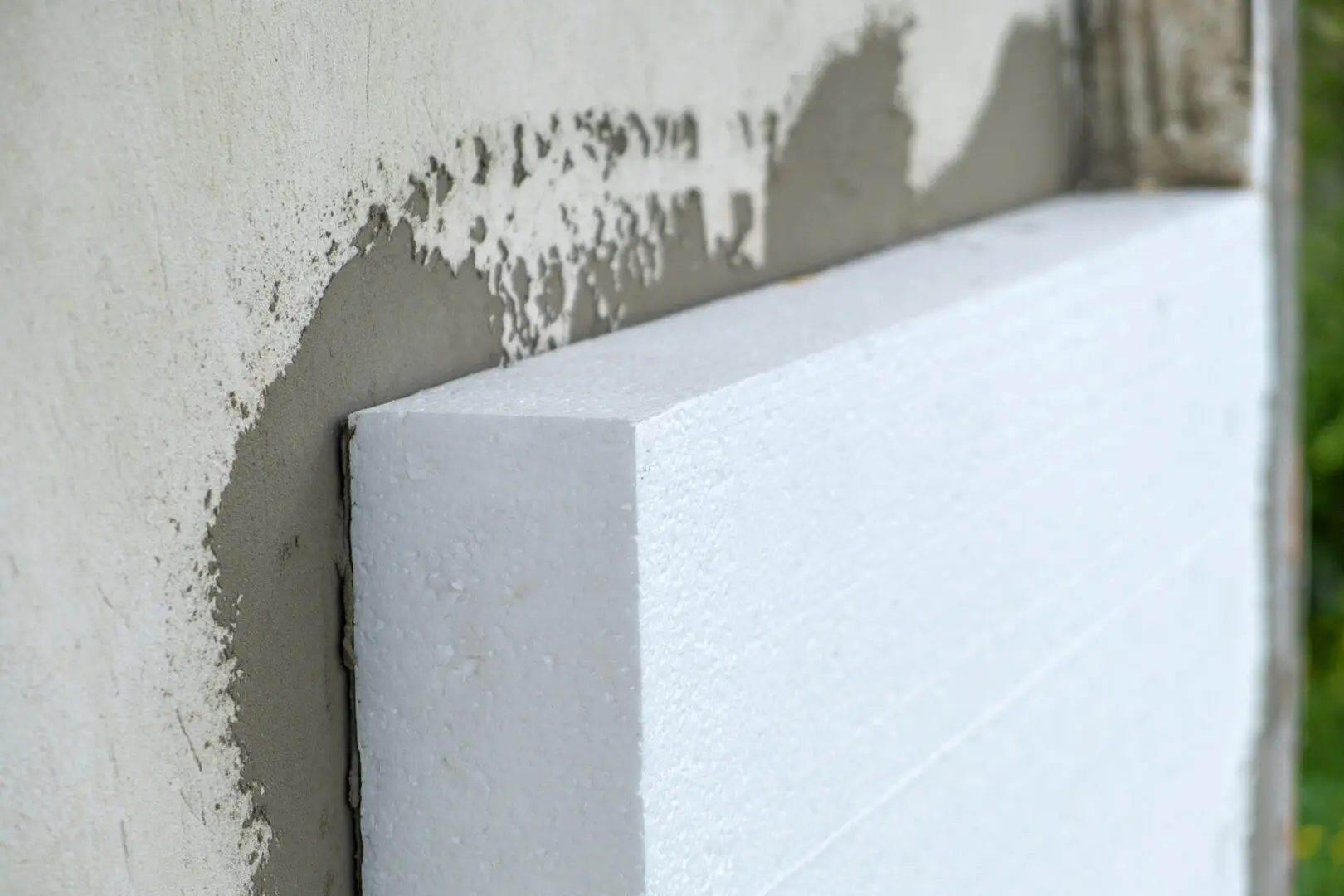Considerations for Foam Board Wall Insulation Choice
What is R-Value?
R-value is a measure of how well an insulating material resists heat flow. The higher the R-value, the better the insulation. R-values are measured in per inch of thickness. For example, an R-13 insulation has a thermal resistance of 13 per inch of thickness. Different materials have different R-Values per inch.

What are the recommended R-Values for wall insulation according to energystar.gov?
- Uninsulated wood-frame wall: Zones 5–8: Add R5 to R6 insulative wall sheathing beneath the new siding.
- Insulated wood-frame wall: For Zones 4 to 8: Add R5 insulative sheathing before installing the new siding.
One to two inch thick EPS, XPS, or polyiso foam boards are sufficient to meet the wall insulation standard.
What determines the thermal resistance of a material?
- Thermal conductivity: Thermal conductivity is a measure of how well a material conducts heat. Materials with high thermal conductivity, such as metals, are good conductors of heat. Materials with low thermal conductivity, such as air, are poor conductors of heat.
- Thickness: The thicker a material is, the more thermal resistance it will have. This is because it takes more heat energy to move through a thicker material.
- Density: The denser a material is, the more thermal resistance it will have. This is because there are more atoms or molecules in a denser material, which means there are more obstacles for heat to move through.
- Moisture content: Moisture can conduct heat, so materials with a high moisture content will have lower thermal resistance.
- Surface finish: The surface finish of a material can affect its thermal resistance. For example, a rough surface will have more thermal resistance than a smooth surface.
- These are the thermal conductivities of typical foam board materials (lower is better):
-
-
- Expanded polystyrene foam (EPS): 0.031 to 0.034 W/m·K
- Extruded polystyrene foam (XPS): 0.028 to 0.031 W/m·K
- Polyisocyanurate (polyiso): 0.022 to 0.025 W/m·K
-
Different facings can influence the thermal resistance (R-Value) of insulation in a few ways.
- Reflective facings: Reflective facings, such as foil or kraft paper, help to reflect heat back into the building, which reduces heat loss. This can increase the R-Value of the insulation by up to 50%.
- Air-permeable facings: Air-permeable facings, such as paper or felt, help to trap air within the insulation, which also reduces heat loss. This can increase the R-Value of the insulation by up to 20%.
- Water-resistant facings: Water-resistant facings, such as polyethylene or tar paper, help to protect the insulation from moisture damage. This can help to maintain the R-Value of the insulation over time.
What are typical R-Values per inch thickness of foam boards suitable for wall insulation?
- Expanded polystyrene foam (EPS): 3.6 to 4.0
- Extruded polystyrene foam (XPS): 4.5 to 5.0
- Polyisocyanurate: 7.0 to 8.0
EPS provides the highest R-Value per dollar. The average costs per sq ft of EPS, XPS, and polyiso foam boards are roughly:
- Expanded polystyrene foam (EPS): $0.30 to $0.40
- Extruded polystyrene foam (XPS): $0.40 to $0.50
- Polyisocyanurate (polyiso): $0.50 to $0.60
It is also important to consider the cost of installation when choosing foam board insulation. Foam board is relatively easy to install, so the cost of installation is typically lower than other types of insulation, such as fiberglass.
You can save significantly on foam board insulation by buying recycled, reclaimed or surplus insulation from Green Insulation Group.
